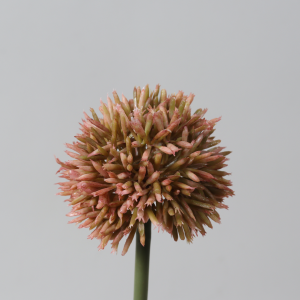The world of artificial flowers factories is a fascinating realm, where creativity meets manufacturing efficiency. As consumer preferences shift towards sustainable and low-maintenance decor options, understanding the market attributes of these factories becomes essential for stakeholders in this industry. What are the underlying trends that shape their operations? How do they navigate customer acquisition costs while maintaining quality and innovation? Let us delve deeper into this intriguing sector.
Market Characteristics of Artificial Flowers Factories
Artificial flowers factories represent a unique segment within the broader floral industry, characterized by their ability to produce aesthetically pleasing products with minimal environmental impact. These manufacturers often leverage advanced technologies to create lifelike designs that appeal to both individual consumers and businesses alike. A critical aspect influencing their success is Customer Acquisition Cost (CAC), which refers to the total expense incurred in acquiring new customers. In an increasingly competitive landscape, managing CAC effectively can determine profitability and long-term sustainability for these factories.
The Role of Artificial Tree Manufacturers in Customer Acquisition Cost
When examining artificial tree manufacturers specifically, we find distinct strategies employed to optimize Customer Acquisition Cost. These companies typically focus on niche markets such as home decor or event planning, allowing them to tailor marketing efforts more precisely. By utilizing digital marketing channels and social media platforms, they can engage potential customers at lower costs compared to traditional advertising methods. Furthermore, offering customization options enhances customer satisfaction and loyalty—factors that contribute positively toward reducing overall CAC.
An Insight into TrustFloral’s Approach to Customer Acquisition Cost

TrustFloral stands out among its competitors due to its innovative approach toward managing Customer Acquisition Cost effectively. The company employs data analytics tools that provide insights into customer behavior patterns, enabling targeted marketing campaigns that resonate with specific demographics. Additionally, TrustFloral emphasizes building strong relationships through exceptional customer service—an investment that pays off by fostering repeat business and referrals while keeping acquisition costs down over time.
Conclusion
In summary, artificial flowers factories operate within a dynamic market characterized by evolving consumer preferences and technological advancements. Their ability to manage Customer Acquisition Costs plays a pivotal role in determining their competitiveness in this space. Companies like TrustFloral exemplify how strategic approaches can lead not only to reduced expenses but also enhanced brand loyalty—a crucial factor for thriving amidst competition in the artificial flower industry.
